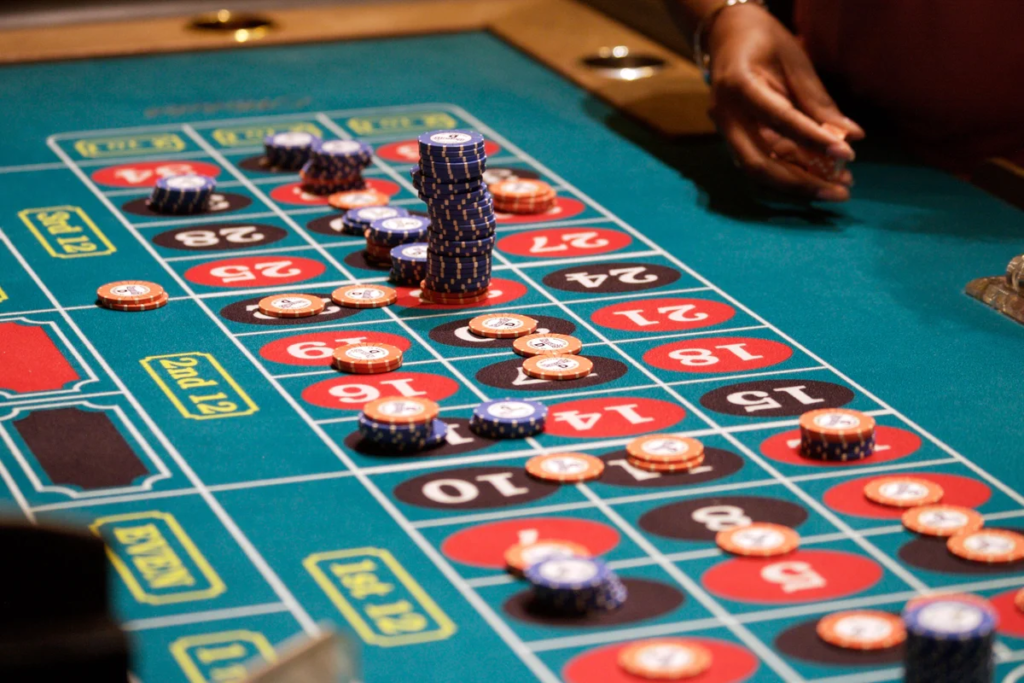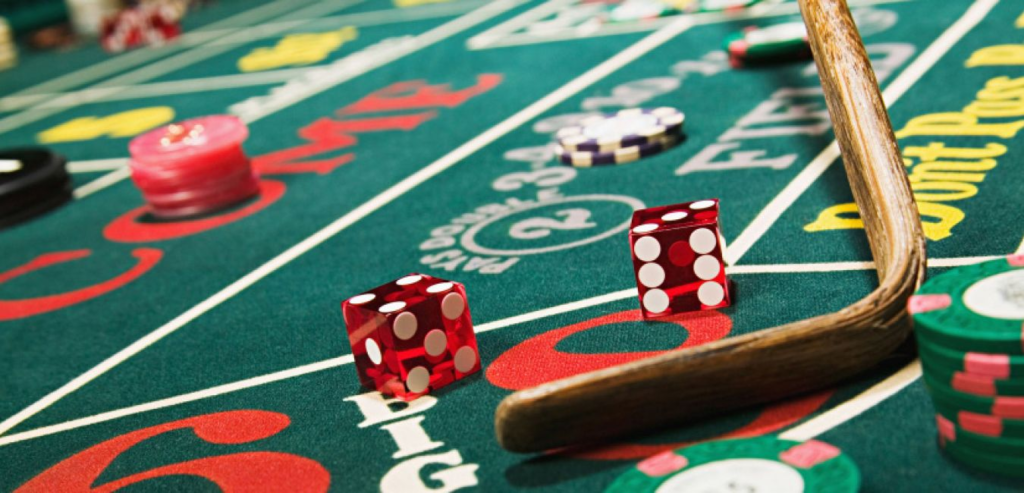Casinos have long been masterful architects of excitement and engagement, crafting environments that tantalize the senses and beckon players to immerse themselves in a world of chance and thrill.
But what about casino game design captivates and retains player attention so effectively? In the bustling atmosphere of flashing lights and the din of slot machines, there lies a meticulously studied science—psychology dedicated to understanding how game mechanics, sensory stimuli, and reward systems influence player behaviour and engagement.
Let’s explore the intriguing intersection of psychology and casino game design, shedding light on how casinos expertly weave together elements of anticipation, reward, and sensory stimulation to create an irresistibly engaging experience.

Strategic Use of Colors and Sounds
The strategic use of colours and sounds in casino environments is a fascinating science designed to entice players to play casino games, enhance their gaming experience, and encourage prolonged play. Casinos meticulously design their environments using vibrant colours, often opting for reds, golds, and other warm hues.
These colours are chosen for their stimulating effects, which excite the senses and evoke feelings of optimism and exhilaration. This creates an atmosphere that attracts players and encourages them to stay longer and immerse themselves in the gaming experience.
Similarly, the role of sound in casinos cannot be understated. The carefully curated soundscape, from the jingle of slot machines to the ambient background music, is engineered to maintain high energy levels and stimulate positive emotions.
Upbeat and lively music selections help sustain a festive atmosphere, while the distinctive, celebrative sounds of wins – often louder and more prolonged than the noise of losses – create an illusion of more frequent payouts.
This auditory strategy aims to mask the true randomness of game outcomes, fostering a sense of anticipation and excitement that encourages players to continue engaging with the games.
Colour and sound strategies in casino design aim to create a welcoming, energizing environment and subtly influence player behaviour, encouraging longer play times and enhancing the overall casino experience.
Reward Schedules and Near Misses
The principles of operant conditioning play a crucial role in game design. Games are structured around variable-ratio reward schedules with unpredictable rewards (like jackpots).
This unpredictability fuels player engagement, as the reward anticipation is a powerful motivator. Adding to this are near-miss outcomes, which, although losses, closely resemble winning combinations, encouraging players to try “just one more time” in the hope of turning their fortunes around.
Based on research results, a near-miss rate set at around 30% increases the desire to continue playing among gamblers and players who have no former gambling experience as well.
For instance, slot machines adhere to a “variable-ratio schedule” of reinforcement, making the rewards unpredictable after several attempts. This unpredictability fuels a repeating pattern of behaviour, as players recognize that a win will eventually occur without knowing precisely when.

Illusion of Control
Casino games often create an illusion of control, giving players the sense that their actions can influence the outcome. This phenomenon, where an individual assumes they influence outcomes they cannot control, is termed an illusion of control.
This notion has been consistently linked to pathological gambling, where, traditionally, introspective methods focussed on gambling-related scenarios have been employed to evaluate this illusion.
However, it’s posited that for pathological gamblers, this illusion may extend beyond gambling, impacting broader aspects of their lives. One research study employed a conventional associative learning task, known for eliciting illusions of control under specific conditions in many people, to examine pathological gamblers.
Findings indicated a markedly enhanced illusion of control in pathological gamblers compared to a non-diagnosed control group.
These outcomes imply that experimental tasks from foundational associative learning studies could offer a less direct yet effective method for identifying control illusions among gamblers, diverging from introspective, gambling-focused queries, and pathological gamblers may experience an elevated illusion of control not just in gambling but across various life domains.
Social Dynamics and Community
Casino games extend beyond the glittering lights and the thrilling sound of coins hitting the tray. The allure of such games isn’t solely hinged on the potential financial winnings. Rather, it’s deeply rooted in the complex interplay of social dynamics and community surrounding these gaming environments.
At the heart of casino allure lies the basic human desire for social interaction. Casinos offer a unique social setting where individuals from varied backgrounds converge with a common purpose. This melting pot of cultures and personalities sets the stage for fascinating social dynamics.
Players engage in games not just against the odds but alongside others, experiencing a spectrum of emotions from exhilaration to disappointment, all within the company of peers. The communal aspect of cheering for a win or commiserating over a loss fosters a sense of belonging and community among players.
Furthermore, the psychology of casino games is intricately linked with social identity and status. For many, success at the tables or slot machines is not just about financial gain but about earning respect, admiration, and a sense of achievement among fellow players.

This pursuit of social validation adds a deeper motivation for engaging with casino games, transcending the thrill of gambling.
Conclusion
The psychology behind casino game design is a fascinating blend of art and science. Through the strategic use of colours, sounds, reward schedules, the illusion of control, and social dynamics, casinos and online gaming platforms create immersive experiences that captivate players.

